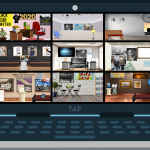
Sincere’s Story: Why it’s important to incorporate culturally relevant learning into schools
Meet Sincere – a 3rd grader at Beverly Park Elementary and proud member of the Nisqually Indian Tribe.
My name is Sincere and I’m Native. My favorite thing about school is we get to learn a lot of hard stuff. We learned multiplication and we’re learning how to do bigger numbers now.
Before coming up to Seattle, Sincere lived on the Nisqually Reservation with his mother Belinda, where they were surrounded by their tribal community and culture. Sincere grew up seeing the traditions of his tribe get passed down from generation to generation, never thinking once that it was different or weird. But after his transition to the city and his new school, Beverly Park, he started to notice differences in himself compared to his classmates who were not used to seeing many students of other cultures, especially those with Indigenous background and heritage. He started to feel insecure about his culture and who he was.
“Some of the difficulties he faced was the fact that he had really long hair. In his culture, tribe, and tradition passed from his grandpa and his dad, they don’t cut their hair unless there’s a suicide or traumatic event, for ceremonial purposes.” shared Belinda. She mentioned that the other kids believed he was a girl since they were not used to seeing a boy with long hair, despite being told otherwise by him.
It got to the point where Sincere would regularly come home in tears; going to school had become increasingly hard and took a major toll on his mental health, impeding his ability to focus in class and engage fully in learning.
“As it progressed, I tried to instill in him his culture, his background, explain the reason behind it, but it became a battle in which I had to decide whether to protect his mental stability or adhere to his culture — and I had to go with his mental stability”, explains Belinda.
“So we cut his hair.”
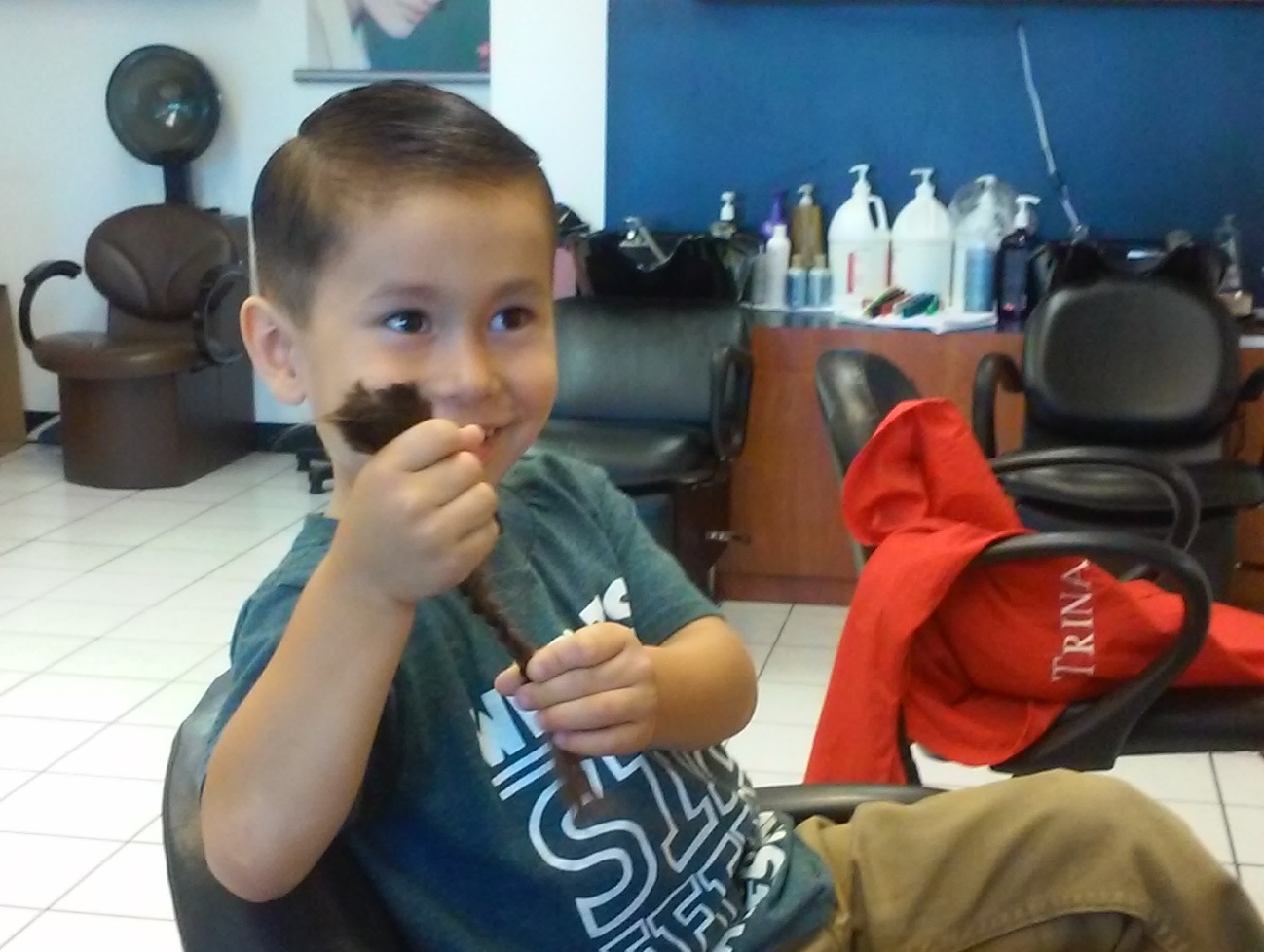
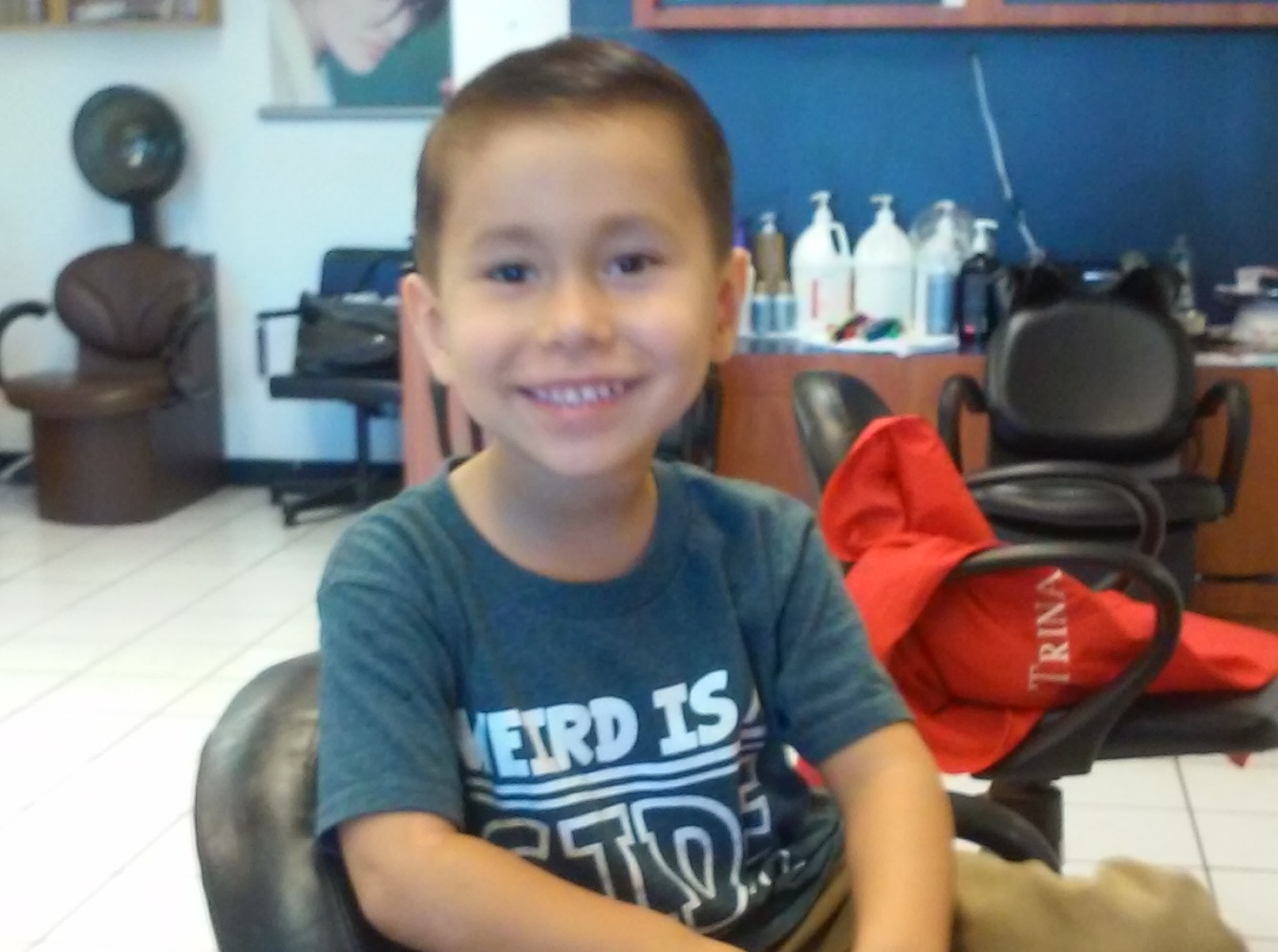
Once Sincere cut his hair, things calmed down at school — he started feeling more comfortable and accepted by his peers. He now looked as his classmates imagined a boy to be. But, with it came the loss of something much more valuable — his identity.
“Life had been busy. We were supposed to take [his hair] to Nisqually and have a ceremony for it, because of what our family believes. As sad as it made me and as frustrating as it was, I knew I had to make that choice. But now, he was losing his identity, he was forgetting who he was and what he was about,” shared his mother.
Luckily, an after-school program facilitated by the Highline Native Education Program was being offered at Beverly Park, giving Native students an opportunity to learn about their culture, the different tribes, and various aspects of Native American life. Belinda immediately encouraged her son to sign up and get involved, so he could connect with other students who he identified with.
“In the Native American program, we get to do a lot of fun things. We sometimes go outside and would go out to this tree, and I think they said it’s a special kind of tree. I learned that there’s a lot of tribes and Natives are special,” shares Sincere.
“Once he joined the program, he started to re-see himself again. He started to regain his identity.”
Belinda Urps
Sincere’s Mother
This tree is where the group would gather to begin each meeting, starting with a blessing, prayer, or grounding exercise before engaging in the cultural activity of the day. “We might work on language learning (various tribal languages), different methods of beading, weaving (using traditional and non-traditional materials), song and dance, art projects, as well as learning about Tribal identity, practice and current events such as the importance of natural resources, salmon, ceremony, language, traditions, holidays, etc.” shares Kayla Guyett, the Native Literacy & Culture Specialist currently running the program. “At Beverly Park, we have 9 students that participate in the program, representing different grades and tribes.”
One particularly exciting moment for Sincere was when he had the opportunity to engage with Native American students older than him at a recent graduation ceremony at Highline High School. During the graduation, Sincere got to hand out the ceremonial peels and participated in the drumming session that took place.
“Once he joined the program, he started to re-see himself again. He started to regain his identity,” shares Belinda. “They started integrating cultural projects that he would learn as if he were on the reservation and taught by his elders. The very last thing they sent home before online schooling started was a native drum rattle with the hide and instructions on how to soak it. So he’s still getting important things like that taught to him. I’m very grateful for the program.”
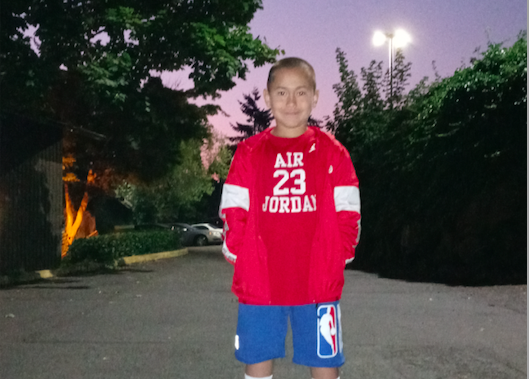
But when COVID-19 hit and school went virtual, the after-school program was transitioned into a Native Education Virtual Lunch Group – a safe space for Native students to connect with each other, make new friends, and enjoy downtime together.
“This work is so important in order to give these students a place to be heard, understood, and supported in ways that traditional schooling can often hinder. We’re not only building relationships among students but also repairing the relationship with culture,” explains Kayla.
Virtual or not, this program offers a rare opportunity for Native students to strengthen their cultural ties by experiencing identity-relevant learning outside the traditional western education model. “He definitely misses it [being in person],” shares Belinda. “This online schooling is hard for everybody but the Native American program made a big difference. He’s always wondering about it, always thinking about it.”
This just goes to show how important it is to integrate students’ culture and identities into their learning — if they don’t see themselves in it, they won’t be interested in it. Creating a safe learning environment where all students’ cultures and identities are valued, celebrated, and taught about is crucial to providing an equitable education that is not only rooted in multi-culturally aware practices, but encourages diversity in learning. Without this, we cannot create the kind of classroom that truly embraces all students that affirms their experiences and identities. By centering classrooms around what is relevant and real to our students, by focusing on student voice and choice, we then see how students like Sincere quickly blossom into the bright scholars and leaders that they are.
Support TAF’s work in school transformation and impact more students like Sincere by donating or partnering with us.


